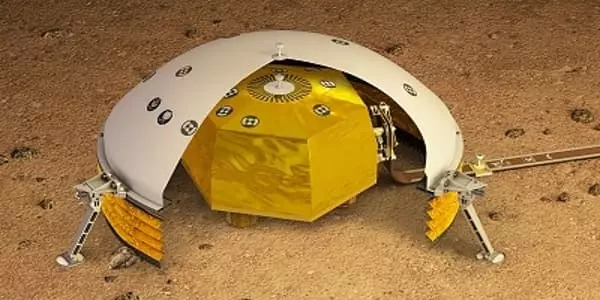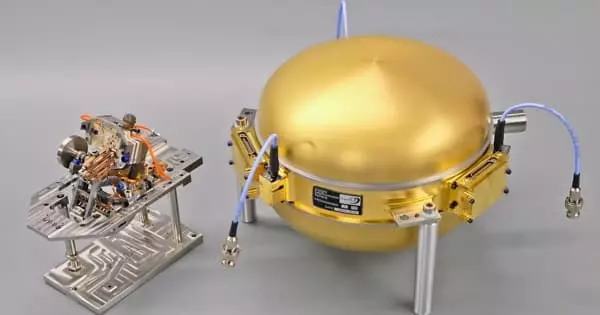InSight, which stands for Interior Exploration using Seismic Investigations, Geodesy, and Heat Transport, is a Mars lander that will provide the Red Planet with its first thorough examination since its formation 4 billion years ago. It is the first outer space robotic explorer to investigate Mars’ “inner space”: its crust, mantle, and core.
Researchers are analyzing new seismic data and reporting on instrument responses about 1000 days after the Mars InSight mission deployed SEIS, the red planet’s first seismometer. These data will be used to plan for future planetary seismographs.
The study of Mars’ interior structure provides answers to key questions about the formation of our inner solar system’s rocky planets – Mercury, Venus, Earth, and Mars – more than 4 billion years ago, as well as rocky exoplanets. Today, InSight measures seismic activity and meteorite impacts on Mars.
Lessons learned from Apollo, Viking, and now InSight about the design of planetary seismometers, their deployment and operation, and seismic signal processing and signal interpretation will help us perform the best seismic monitoring of these terrestrial bodies and lead to a better scientific understanding of our solar system through future missions.
Philippe Lognonné, Sharon Kedar, and Victor C. Tsai
The report, which appears in a special issue of the Bulletin of the Seismological Society of America, aims to broaden our ability to interpret seismic data beyond Earth in order to prepare for future planned missions to the Moon, Mars, and Jupiter’s moon Titan, all of which include seismometer packages.
The lander employs cutting-edge instruments to probe deep beneath the surface in search of the imprints of the processes that formed the terrestrial planets. It accomplishes this by measuring the planet’s “vital signs,” which include its “pulse” (seismology), “temperature” (heat flow), and “reflexes” (precision tracking).
“Lessons learned from Apollo, Viking, and now InSight about the design of planetary seismometers, their deployment and operation, and seismic signal processing and signal interpretation will help us perform the best seismic monitoring of these terrestrial bodies and lead to a better scientific understanding of our solar system through future missions,” write special issue editors Philippe Lognonné, Sharon Kedar, and Victor C. Tsai in their introduction to the papers.

SEIS (The Seismic Experiment for Interior Structures) was launched on Mars in November 2018 as part of NASA’s InSight mission, with scientific operations beginning in March 2019. So far, data from the mission indicate that Mars is less seismically active than previously thought, with the largest marsquake estimated to be magnitude 4.2.
The lack of large seismic events, on the other hand, has allowed SEIS to focus on much lower amplitude events and seismic “noise.” As of October 2020, scientists had detected over 400 seismic events, the majority of which were high-frequency events. The InSight mission’s seismometer and pressure sensors were of such high quality that researchers were able to investigate potential infrasound events as well. Researchers have also used some of the high-quality seismic events recorded to learn more about how the Martian crust and upper mantle scatter and attenuate seismic waves.
Several papers in the special issue investigate the full range of recorded Martian seismic noise to determine how or if these noises relate to SEIS operation and other aspects of the InSight lander. Analyzing noise data from lander and instrument sources can help in the development of the next generation of planetary seismometers and in determining the source of the signals they will detect. Other sources of non-marsquake noise detected by SEIS on the planet include dust devils and seasonal atmospheric changes.
The goal of the InSight mission is to learn about the formation and evolution of terrestrial planets by studying the interior structure and processes of Mars, as well as to determine the current level of tectonic activity and impact flux on Mars. More specifically, the payload is designed to determine the fundamental planetary parameters that can significantly contribute to these goals through geophysical measurements.





